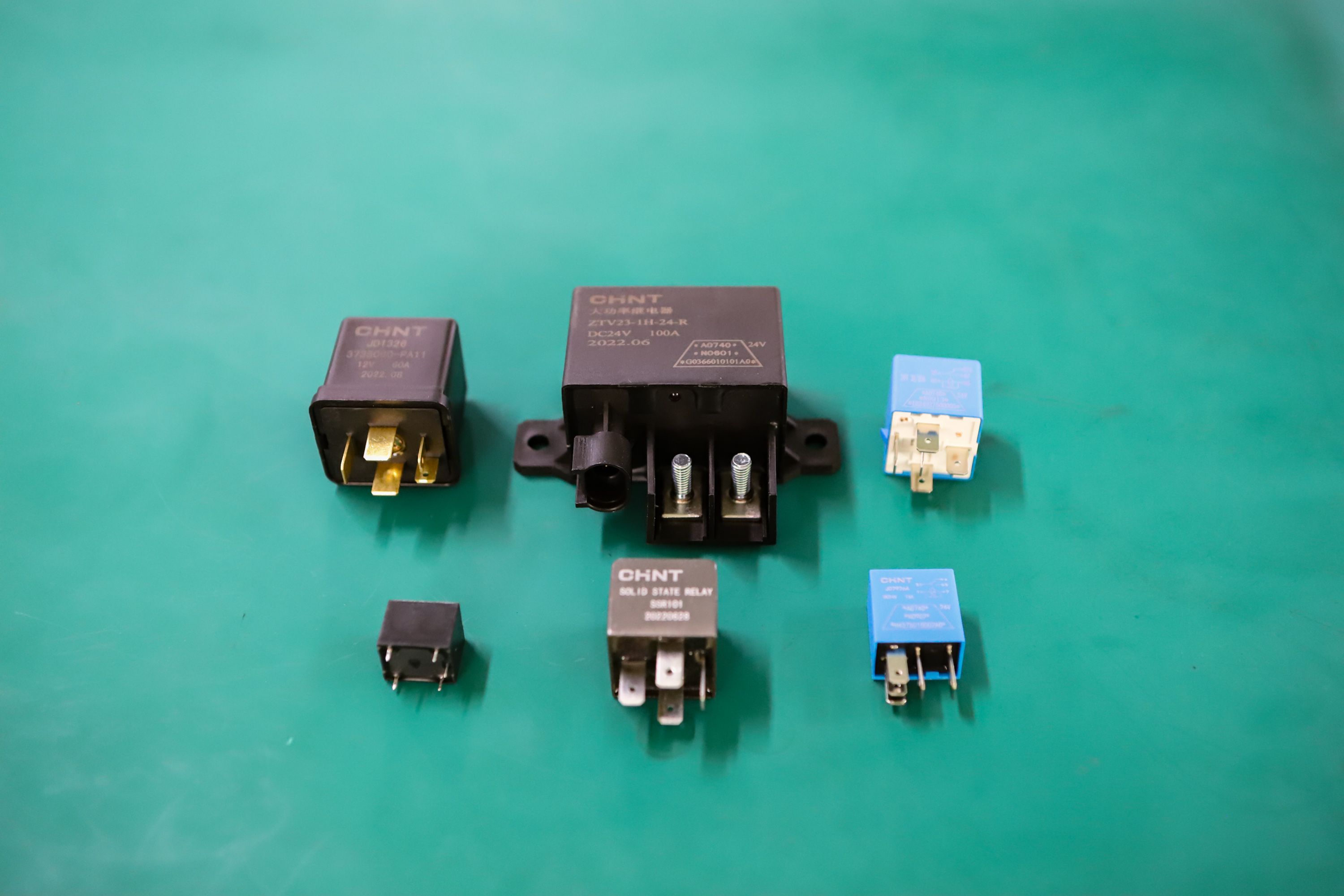Steps for the Use of Relays
2023-07-28
A Relay is an electrically controlled switching device that can control the operation of one or more switching elements by electromagnetic attraction. The following are the basic steps for the use of relays:
Connect the relay: Solder the relay socket to the circuit board or appropriate connector. Make sure the relay contacts and coil pins are properly connected to the circuit.
Power supply: Current is supplied to the coil of the relay through a suitable power supply (usually at a low voltage).
Control signal: Usually a low level (such as 0V or ground) to activate the relay and a high level (such as 5V or 12V) to turn it off.
Operate the relay: After providing a control signal, the coil of the relay is activated, creating the electromagnetic attraction that causes its contacts to operate. Contacts can be of the Normally Open (NO), Normally Closed (NC), or Changeover (COM) type.
Control external devices: Through the contact of the relay, external devices connected to the relay can be controlled. For example, through relays, high current loads, motors, lights and solenoid valves can be controlled.
Close and hold: Without the control signal, the coil of the relay loses the activation current and the contact returns to the initial state. The contact of the relay can remain in its switching position until the control signal is received again.




